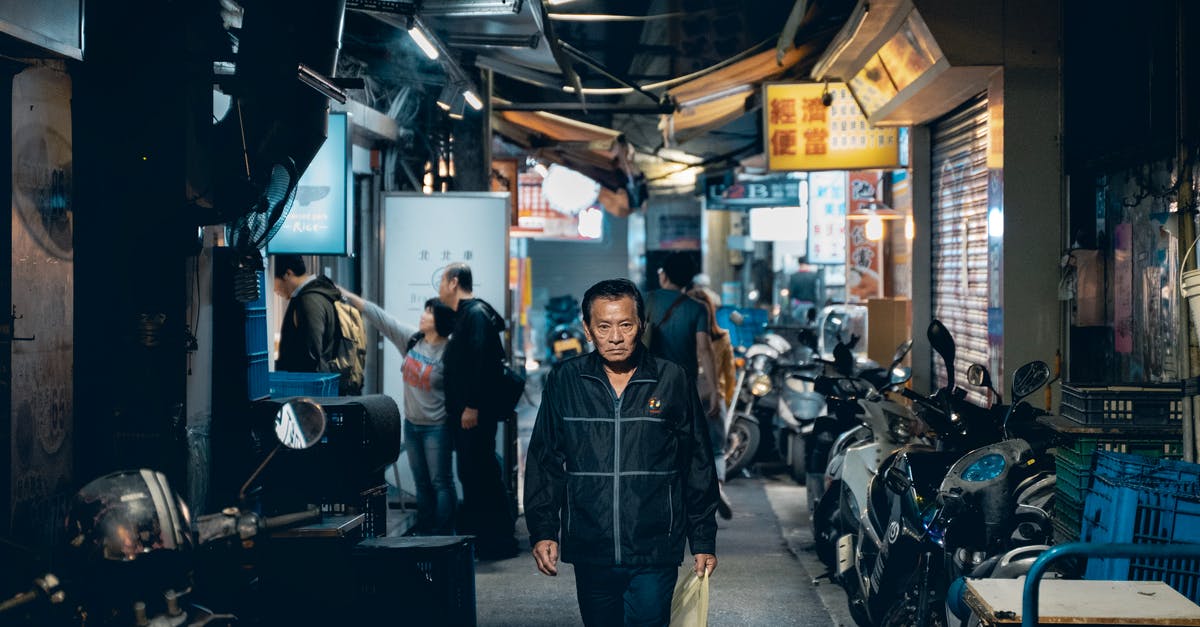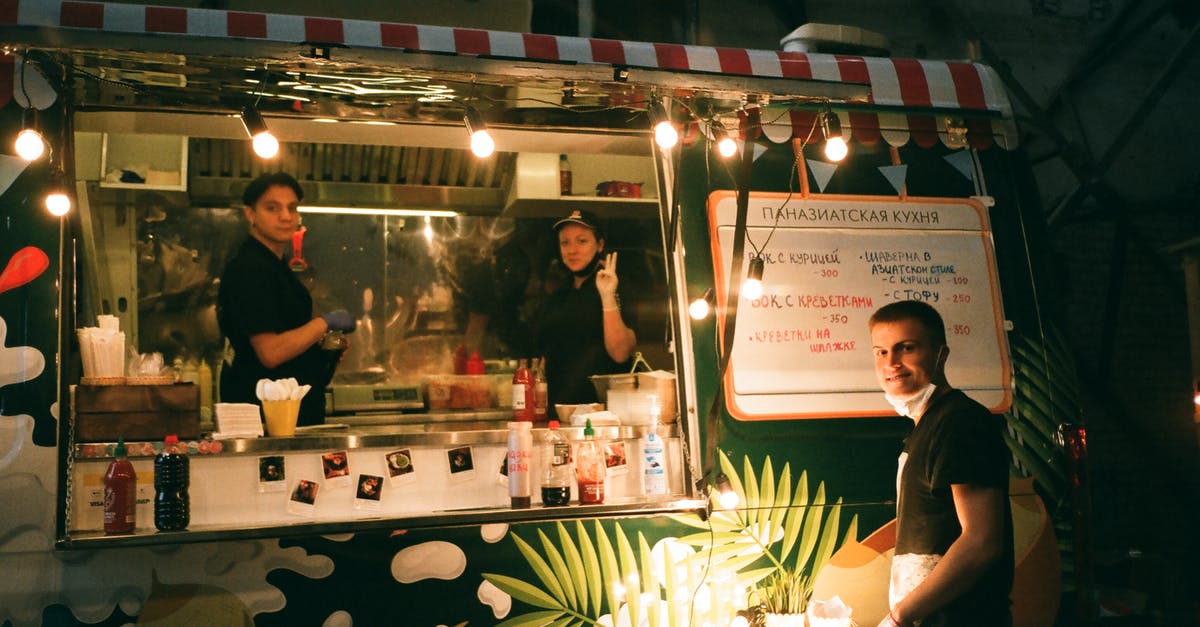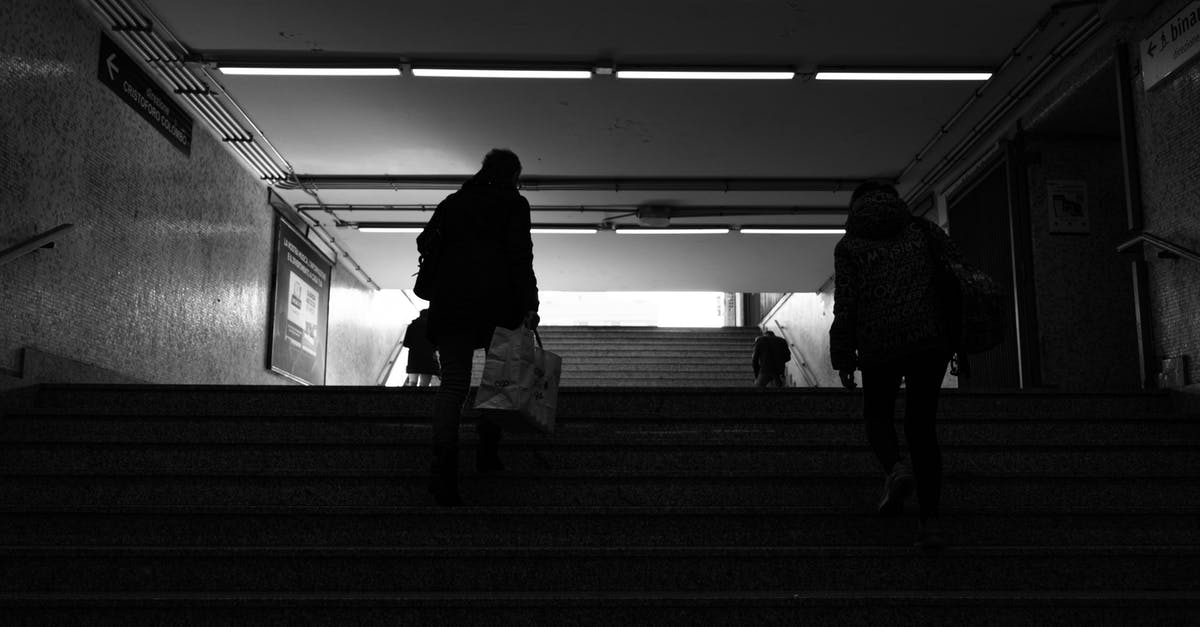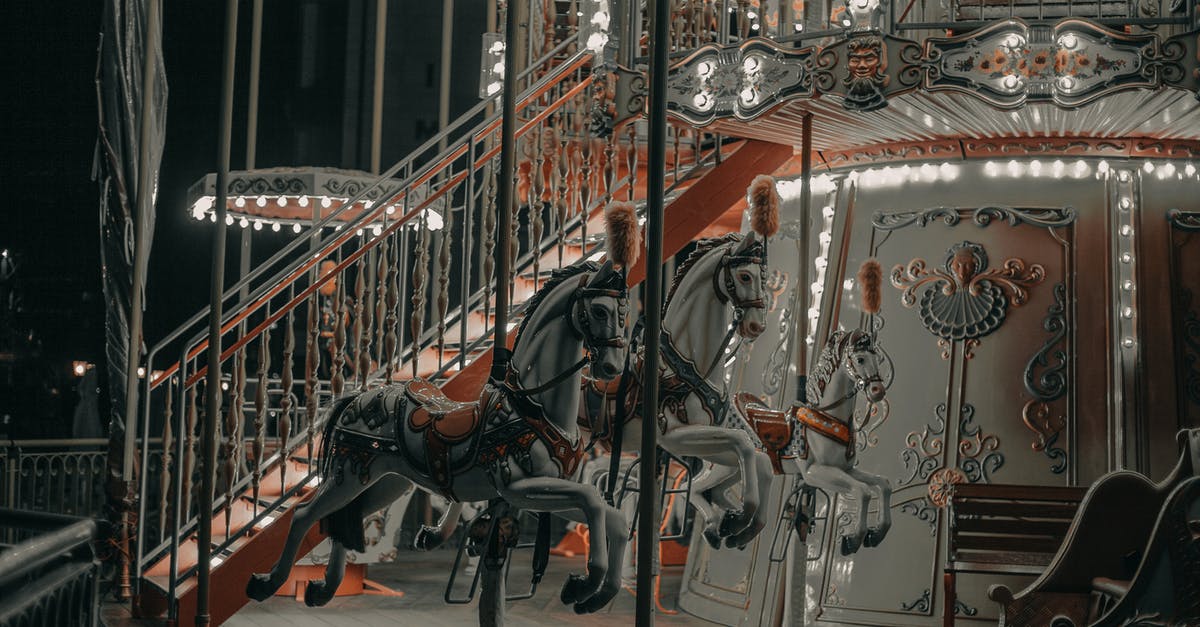What was going on in the town after dark in 1917?

Why was the French town of Écoust, occupied by scattered German troops, on fire at night? The reason for why there were flares being launched was answered, but it doesn't explain why some of the ruins were burning at night. There didn't seem to be a British attack, nor any sign of aerial bombing, and the bandit occupiers didn't seem to be concerned by it.
Could it be possible to suggest that the protagonist was mildly hallucinating because of a concussion?
Best Answer
- The French town of Ecoust was on fire even before Lance Corporal William Schofield crossed the canal via the broken bridge. This is evident from the drifting smoke1 visible to Schofield as he observed the town's ruins for a moment, before crossing the canal. This indicates that the (possible) aerial bombing happened before Schofield's arrival.
- When Schofield witnessed a man's silhouette beside the burning Church, he didn't fire at the man immediately because he was unsure whether the man was a German soldier or a British soldier.2
- One of the German soldiers was considering abandoning the place.3
- The Commonwealth War Graves Commission states that Ecoust was captured4 by the 7th and 8th Devons on 2 April 1917. Schofield was from the 8th. And his assignment was given on 6 April 1917.
All of these suggest to me that the town of Ecoust was still in a state of flux even though the British had captured it a few days earlier. Most of its residents had fled from the town, except for few who were in hiding (like the French woman that Schofield met). The broken ruins, the Church on fire, and the few remaining German soldiers represent the closing phase of the territorial conflict between the British and the Germans, that the Germans eventually lost.
I'm not an expert in this field. So, don't take my answer as absolute (goes without saying, but thought I should mention it).
Please let me know in the comments should anyone find any mistakes in my answer.
1 The script for the movie 1917 released by Variety magazine contains the following description on page 74:
The town of Ecoust is a jagged silhouette, visible about two hundred yards the other side of the canal. Smoke drifts. The town is still on fire.
2 Page 80 contains the following description:
In the far corner of the square, the Church is on fire...
Schofield stares at it. Awed.
Then he spots something -
In front of the bright flames: A MAN'S SILHOUETTE.
Schofield sees him. The Man stops, lowers his weapons. Starts to walk towards him.
Schofield cannot make out if he is a German or British soldier and begins to move toward him.
3 Page 90 has the following dialogue:
Private Muller (One of the German soldiers):
(translation)
Christ Baumer... This was a mistake. We should go back tonight, maybe no one will notice we have gone.
4 "Captured" is a strong word since the movie seemed to portray that Germans were still active in the region. Personally, I'm still unable to satisfyingly reconcile the CWGC historical record with the movie.
Pictures about "What was going on in the town after dark in 1917?"



What is the town in 1917?
The story of 1917 takes place on April 6, and it's partly inspired by events that had just ended on April 5. From Feb. 23 to April 5 of that year, the Germans were moving their troops to the Hindenburg Line and roughly along the Aisne River, around a 27-mile area from Arras to Bapaume, France.What is the flare scene in 1917?
In 1917, during the scene where Schofield travels through \xc9coust at night, there are white phosphorous flares being shot over the city, which helps to light his way.Are the events in the movie 1917 true?
No, we've found no evidence that they represent real people. The supporting characters in the 1917 movie, including the commanding officer portrayed by Colin Firth and the characters portrayed by Benedict Cumberbatch, Richard Madden and Mark Strong, all appear to be fictional.What was historically accurate in 1917?
Of the many war movies out there, very few have been able to provide a powerful storyline, accompanied by a graphic and accurate portrayal of the horrific day-to-day life of soldiers in the muddy trenches of the Western Front of the First World War.Exhibition Reveals What Life Was Like in Dorking in 1917
Sources: Stack Exchange - This article follows the attribution requirements of Stack Exchange and is licensed under CC BY-SA 3.0.
Images: 李昂軒, Darya Sannikova, Matteo Basile, Daniel Eliashevsky
